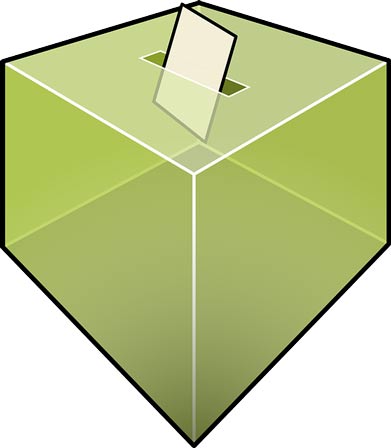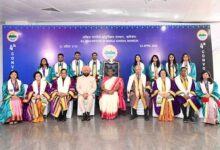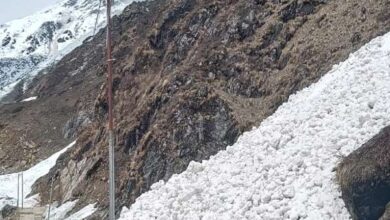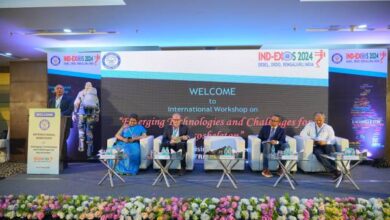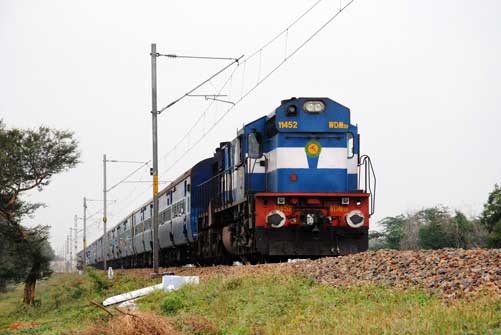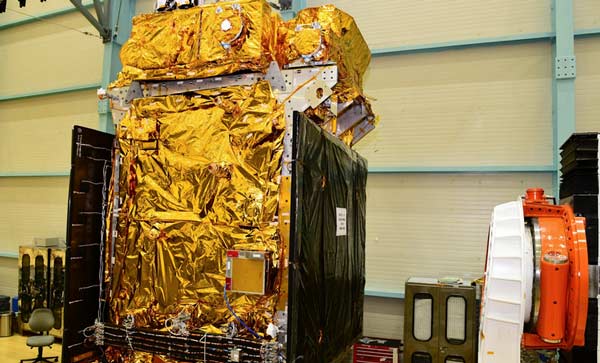
The Indian Space Research Organization (ISRO) said on Monday that Aditya-L1, the first space-based Indian observatory to study the Sun, is getting ready for its launch soon. The headquarters of the National Space Agency is in Bangalore. Giving an update on the campaign, the agency said that the U.N. R. The satellite built at the Rao Satellite Center has reached ISRO’s space center at Sriharikota in Andhra Pradesh. When asked about the launch date, an ISRO official told PTI, “The launch is likely to happen in the first week of September.”
The spacecraft is expected to be placed in a halo orbit around the Lagrange point 1 (L1) of the Sun-Earth system which is about 1.5 million kilometers from Earth. ‘Lagrange points’ refer to those points in space where the gravitational force of two space bodies (such as the Sun and the Earth) generates a field of attraction and repulsion. It is named after the Italian-French mathematician Joseph-Louis Lagrange. ISRO said that continuous viewing of the Sun without any shadow/eclipse from a satellite placed in a ‘halo’ orbit around the L-1 point can be beneficial.
PSLV-C57/Aditya-L1 Mission:
Aditya-L1, the first space-based Indian observatory to study the Sun ☀️, is getting ready for the launch.
The satellite realised at the U R Rao Satellite Centre (URSC), Bengaluru has arrived at SDSC-SHAR, Sriharikota.
More pics… pic.twitter.com/JSJiOBSHp1
— ISRO (@isro) August 14, 2023
ISRO said, “This will give greater advantage of observing solar activities and its effect on space weather in near real time.” The spacecraft has seven payloads that will study the photosphere, chromosphere, and atmosphere using electromagnetic and particle and magnetic field detectors. (right upper surface from the visible surface of the Sun) and will help in observing the outermost layer of the Sun (Corona). Four payloads will point directly to the Sun using a special vantage point L-1 and the remaining three payloads will study particles and fields in situ at L-1.
ISRO said, ‘The Aditya L1 payload has very important information in understanding the heat of the corona, the large-scale energy released from the corona, the activities and characteristics of its light, the dynamics of space weather, the spread of particles and regions, etc. ‘

